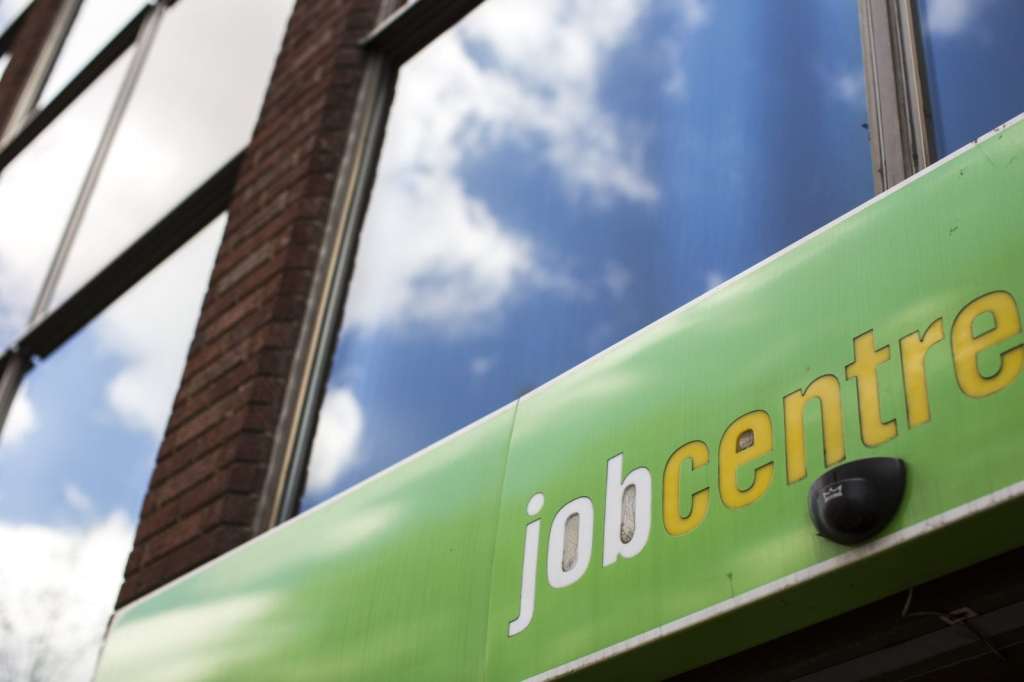These are the regressive work culture trends currently fuelling the unfair LGBTQ+ pay gap

Multiple studies on the topic have proven that there is a pay gap between LGBTQ+ and straight colleagues. (Getty Images)
The path towards equality and inclusion at work is often a bumpy one, and one major bump in the road that isn’t highlighted much is the pay gap that exists for marginalised groups, including the LGBTQ+ community.
The phrase generally refers to the gender pay gap – the difference in average earnings between men and women in the workforce. The truth is that the fight for equal pay transcends gender lines, intersecting with sexual orientation, gender identity, race and ethnicity.
Pay disparities are a stark reminder of inequities and carry significant consequences. When a person earns less comparatively throughout their career, they are closed off from sustainable financial well-being, even though closing the gap would boost economic output and benefit society.

There have been many studies confirming the LGBTQ+ pay gap, with a 2022 report from the Human Rights Campaign finding that LGBTQ+ employees in the United States make 90 cents for every dollar earned by a heterosexual employee.
Another report from creative industries recruiting firm Major Players uncovered an 8.5 per cent gap in queer employee salaries compared with cis-het colleagues.
Despite advancements in LGBTQ+ rights, including marriage equality and anti-discrimination laws, these data sets confirm that economic inequality for queer people remains a significant challenge.
The root cause of the LGBTQ+ pay gap
“There’s a strong connection between how we treat our LGBTQ+ employees, how they bring themselves to work, how they feel valued, how they feel seen in the workplace and the pay gap,” says Joanne Lucy, managing partner at global technology talent solution organisation Major Players and Arrows Group.
Even during the recruiting phase, discrimination and bias in hiring practices persist. A study from 2015 revealed that even then, five per cent of LGBTQ+ candidates were less likely to get called in for an interview than straight or female hopefuls.
Various studies have shown that once in a role, LGBTQ+ employees are less likely to be promoted to leadership positions and are often overlooked for higher-paying posts.
Another contributing factor is the lack of inclusive workplace policies and benefits. While some companies have implemented LGBTQ+-inclusive policies, such as non-discrimination protections and domestic partner benefits, others lag behind.
Lucy says that it’s common to see people leave a job if the place lacks policies and procedures that help support LGBTQ+ employees.
“If you’re constantly exiting, because you don’t feel seen, you don’t feel heard in a space, that’s going to have a really negative impact on your career,” she says.
Workplace culture also plays a crucial role in perpetuating inequality, which causes the pay gap to remain in place. LGBTQ+ individuals still face harassment, micro-aggression and hostile environments in their jobs.
These factors affect earning potential and contribute to higher job turnover rates among queer employees.
Lucy says that as a queer leader, she uses her role to “create an environment and a culture where everybody feels they can bring their full selves to work and thrive”.

A lack of policy, support and procedure
While the current gender pay gap of 14 per cent is significant, the picture becomes more complex when gender and sexuality intersect. Lesbian, bisexual and transgender women face a double burden, experiencing the gender and LGBTQ+ pay gap simultaneously, resulting in even greater financial disparity.
Lucy says that this difference all comes from a lack of representation. “Women don’t see themselves on boards. The pay gaps are there because of a lack of support, a lack of policy and procedure, and the lack of confidence in your employer [having] your back.
“And that is compounded even more when we when we look at the queer community.”
The business case for inclusion
Aside from the obvious ethical and moral reasons for closing the LGBTQ+ pay gap, and having a robust diversity, equity and inclusion (DEI) strategy, there is a strong business case for employers as well.
“There is a direct correlation that [inclusive] companies have better share-price performance, high return on equity, higher market valuations and strong cash flows,” Lucy says.
“The first thing organisations need to understand is that focusing on inclusivity isn’t soft and fluffy and a ‘nice to have’.”
As the UK economy starts the year technically in a recession, and with many businesses still reeling from financial losses felt in 2023, Lucy is beginning to see a worrying trend of DEI spending being cut.
“When we have [DEI initiatives] as a ‘nice to have,’ we’re missing out on the key opportunity, which is that it’s about the financial performance of an organisation.
“It’s not a ‘nice to have’,” she insists.
Closing the LGBTQ+ pay gap
A more equitable workplace can be built by dismantling the barriers contributing to the LGBTQ+ pay gap. This requires a multi-faceted approach, tackling both systemic and individual factors head-on.
Individually, LGBTQ+ people can play a role in addressing the pay gap, by advocating for themselves and colleagues. During the recruitment period, queer job-seekers can prioritise inclusive employers and negotiate fair salaries based on transparency.
For employers, while having DEI training is important, that one-off exercise won’t be enough to close the LGBTQ+ pay gap. As Lucy puts it, once-yearly training “doesn’t have an impact on how that organisation actually lives and breathes”.
A transparent pay policy will ensure fairness for all employees. When an employer clearly defines pay scales and considerations for promotions, it reduces potential bias in salary and promotion decisions, fostering a more equitable and inclusive work environment.
Above all else, business leaders should actively promote and support the advancement of LGBTQ+ employees into leadership positions. Representation at all levels of the organisation can help challenge stereotypes and biases.
Lucy agrees and believes that having queer role models within the business is paramount to an inclusive workplace.
“You have to make sure that you are seeing leadership within the business from different backgrounds so that people within the organisation can look up and see themselves,” she points out.
How did this story make you feel?

